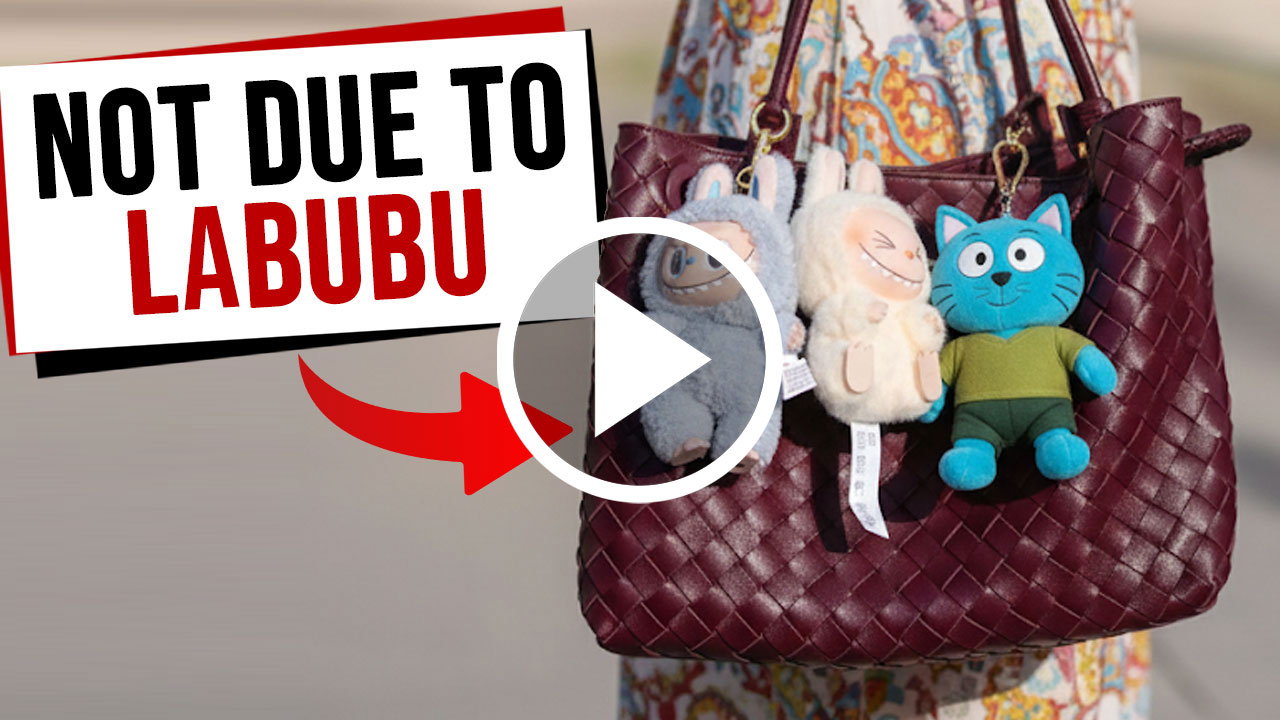If George Orwell – author of 1984 – time-travelled to 2020, he may not be as confused by the glass screens we stare at and thumb every five seconds as the covering over the lower part of our face.
Orwell: Has the mouth been sexualised? Is speaking in public no longer allowed? This is worse than I predicted!
Yet, humans all over the world have gradually gotten accustomed to masking-up before heading outside, with the exception of a few like the Sovereign Lady of Shunfu.
Wearing masks prevents the spread of the coronavirus, and since our only other line of defence is staying at home and avoiding social gatherings, most residents have been more than happy to wear face masks in public.
Not all masks, however, are created equal.
Different Strokes for Different Folks
You’ve probably noticed that not everyone wears the same mask. Vague guidelines allow residents in Singapore to choose the type of mask they want to wear.
According to the Covid-19 (Temporary Measures) (Control Order) Regulations 2020, a mask includes:
“any paper or textile covering designed or made to be worn over the nose and mouth to provide the wearer protection against infections or air pollution, but excludes a face shield.”

So you could literally wrap a shoe around your face, as long as it was designed to protect against infections.

Recently, a video of a man having an altercation with an SBS bus driver made the rounds on social media, after the man who took the video claimed the driver refused to let him board because he was racist.
The driver was confused by the man’s choice of face covering, and since drivers are told not to board commuters who don’t wear face masks, he refused to do so.

The man was wearing a neck gaiter, and while it was indeed designed to limit the spread of respiratory droplets, a new study has shown it may not be as effective as we think.
In fact, it may actually be worse than not wearing a mask at all.
New Study Shows Wearing Some Masks is Actually Worse Than Having No Mask
According to a new study by Duke University in the United States published in the Science Advances journal this month, some “masks” actually increase the spread of droplets, rather than reduce it.
The study found most masks provide a strong barrier against the spread of viruses, though none were 100% effective.

A fitted N95 mask and triple layer surgical mask were found to be the most effective, while a bandanna and a neck gaiter were the least helpful.
In fact, the neck gaiter led to 110% droplet transmission, which was 10% higher than wearing no mask at all, reported Forbes.
Researchers explained that the neck gaiter “seemed to disperse the largest droplets into a multitude of smaller droplets which explains the apparent increase in droplet count relative to no mask in that case”.
“Considering that smaller particles are airborne longer than large droplets (larger droplets sink faster), the use of such a mask might be counterproductive.”
So, how do we know if the type of mask we’re wearing is effective?
Well, here’s a good rule of thumb, according to The Straits Times: the easier it is to breathe with the mask on, the less effective it is.
So, you’ll have to find a compromise between the two. Don’t focus too much on comfort though, because while you may be protected, others may end up getting infected.
Valve Face Masks
Take valve face masks, for instance.

For those who don’t know, valve face masks have a tiny plastic piece embedded in the fabric that creates an airway for your exhalation to leave the mask.
But it also closes when you breathe in, so you won’t be breathing in any infectious particles.
Sounds great, right? It keeps you cool and also protects you from the coronavirus.
The only problem is that it doesn’t protect those around you.
Regular face masks are designed to capture virus particles that you might inhale and exhale.
This prevents you from breathing in harmful or infectious particles, but it also prevents you from exhaling them out into the air.
On the other hand, when you wear valve face masks, your mouth is basically an “open exhaust”, said Fast Company.
Since the whole point of wearing face masks is to protect those around you, valve face masks are essentially useless.
If you want to protect yourself and those around you, a surgical mask, N95 respirator (without valve), and cloth mask (like the ones the gahmen gave you) are the best ones to go for.
We’ve already sacrificed travel and bubble tea, surely we can sacrifice a little comfort for the sake of others too?




